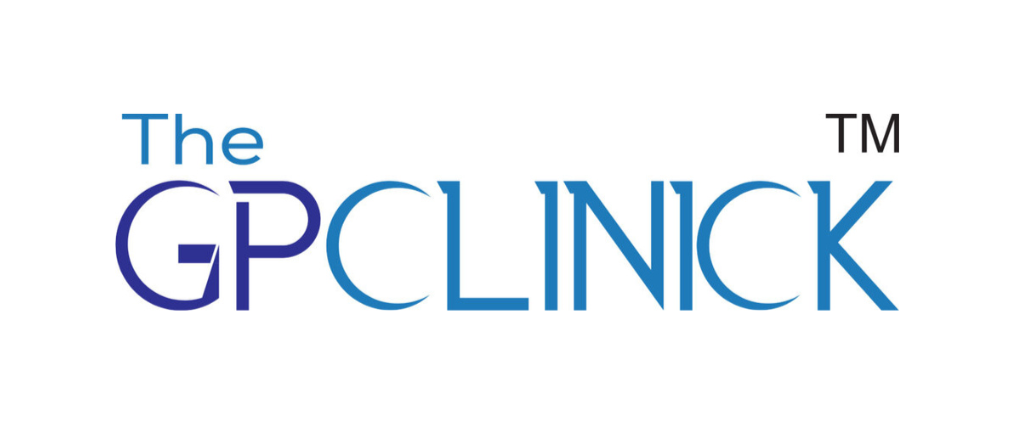Introduction to Echocardiograms
Echocardiograms, commonly known as “echos,” are non-invasive medical imaging tools that utilize sound waves to create detailed images of the heart. These images provide valuable insights into the heart’s structure, function, and blood flow. Echocardiograms play a crucial role in diagnosing various heart conditions and guiding appropriate treatment strategies.
Types of Echocardiograms
Transthoracic Echocardiogram (TTE)
- Most frequently used type of echocardiogram.
- Involves placing a transducer on the chest to capture heart images through the chest wall.
- Provides a comprehensive view of the heart’s chambers, valves, and blood flow.
Transesophageal Echocardiogram (TEE)
- Requires inserting a specialized probe into the esophagus to capture images from behind the heart.
- Offers more detailed and clearer images, particularly of the heart’s posterior structures.
- Preferred when a higher level of accuracy is needed or when standard TTE results are inconclusive.
Stress Echocardiogram
- Combines echocardiography with physical exercise or medication to assess the heart’s response to stress.
- Aids in identifying coronary artery disease and evaluating heart function during exertion.
Uses of Echocardiograms
Echocardiograms serve as indispensable tools in diagnosing and managing various heart conditions:
Valvular Abnormalities
- Detect and assess conditions like valve stenosis (narrowing) or regurgitation (leakage).
- Provide insights into the severity of valve dysfunction and guide treatment decisions.
Cardiomyopathies
- Evaluate the thickness and function of heart muscle.
- Differentiate between types of cardiomyopathies, such as hypertrophic, dilated, and restrictive.
Congenital Heart Defects
- Visualize structural abnormalities in the heart present from birth.
- Aid in planning corrective surgeries or interventions.
Heart Function Assessment
- Measure the heart’s ejection fraction (the percentage of blood pumped out with each heartbeat).
- Monitor heart function in patients with heart failure.
Blood Clots and Tumors
- Identify blood clots, tumors, or other masses within the heart chambers.
- Assist in determining appropriate treatment strategies.
Echocardiograms are safe, painless procedures offering valuable insights into heart health. They empower healthcare professionals to make informed decisions about treatment and care, ensuring the well-being of this vital organ.



